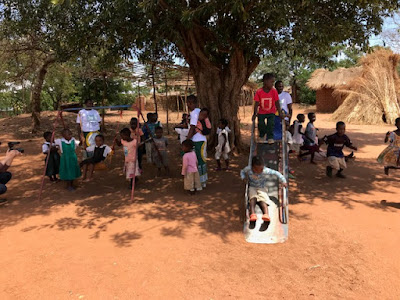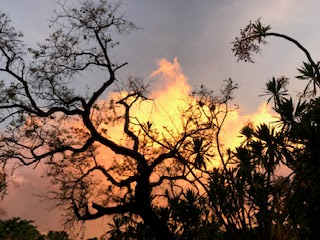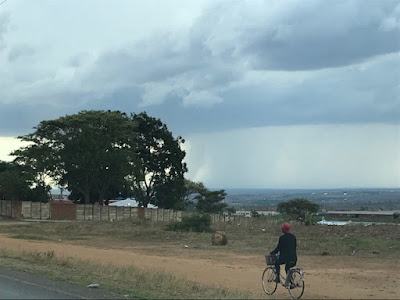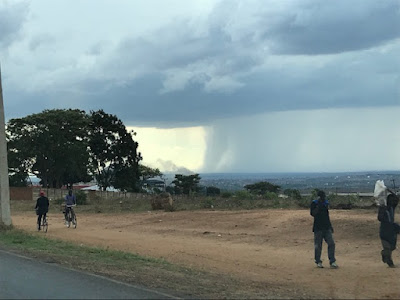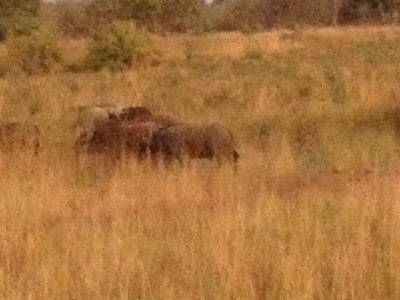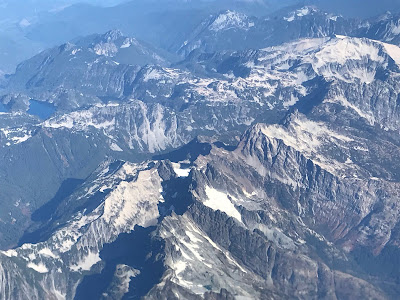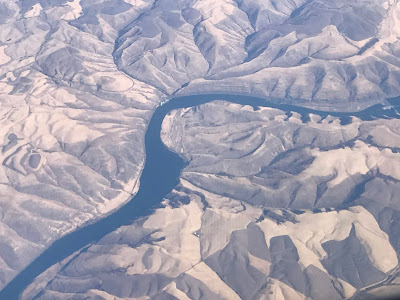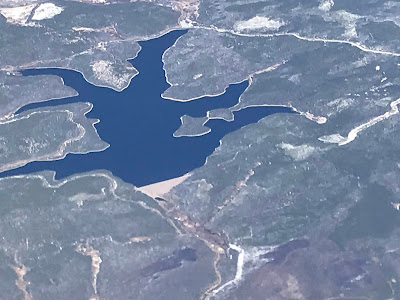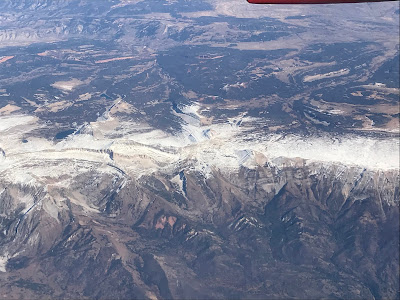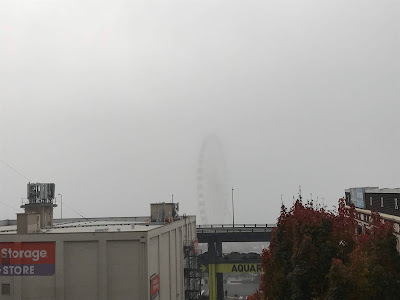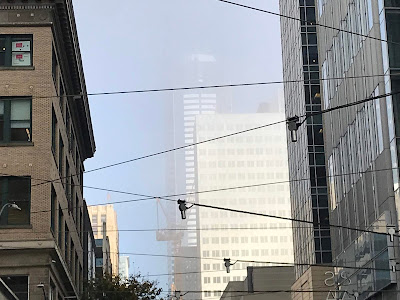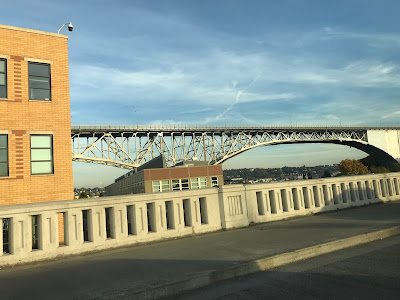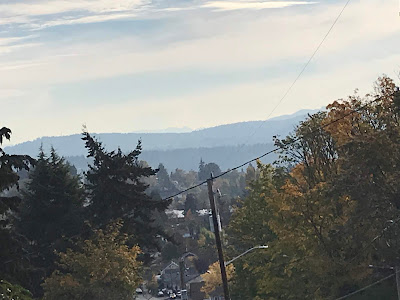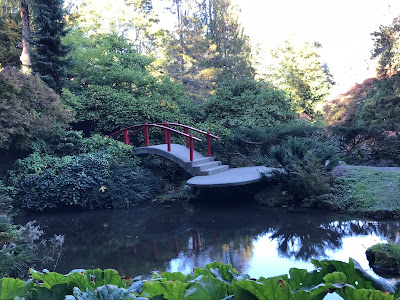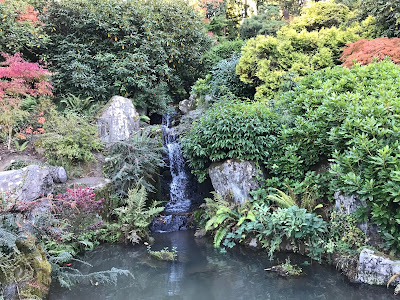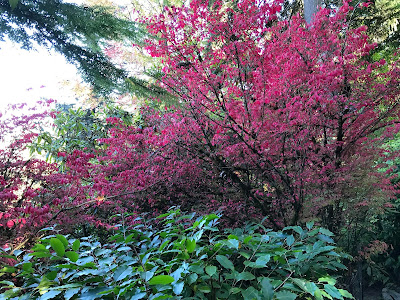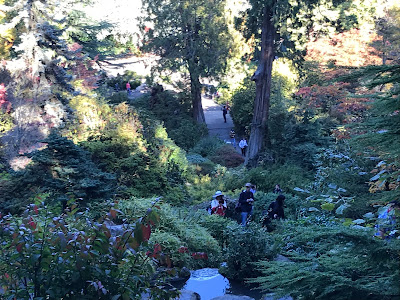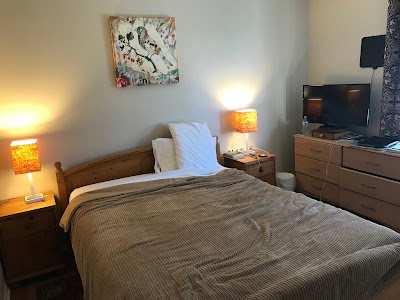A Day for Singing
We could hear the singing before we parked the car. The women of Chabula were greeting us in song. Their voices harmonized as they clapped in rhythm.
It was a day for singing. Later, inside Chabula’s early childcare center, the teacher led his students in English recitations: the days of the week and the months of the year — followed by a rousing rendition of “If You’re Happy and You Know It” in Chichewa.
Later in the day, as we conducted video interviews of anti-child-labor club members, once again I heard the sound of voices singing. It was a choir, practicing for a concert. Their harmonies will likely be caught on some of our audio recordings. But if they’re not, I have them where I need them, right up in the old noggin.
